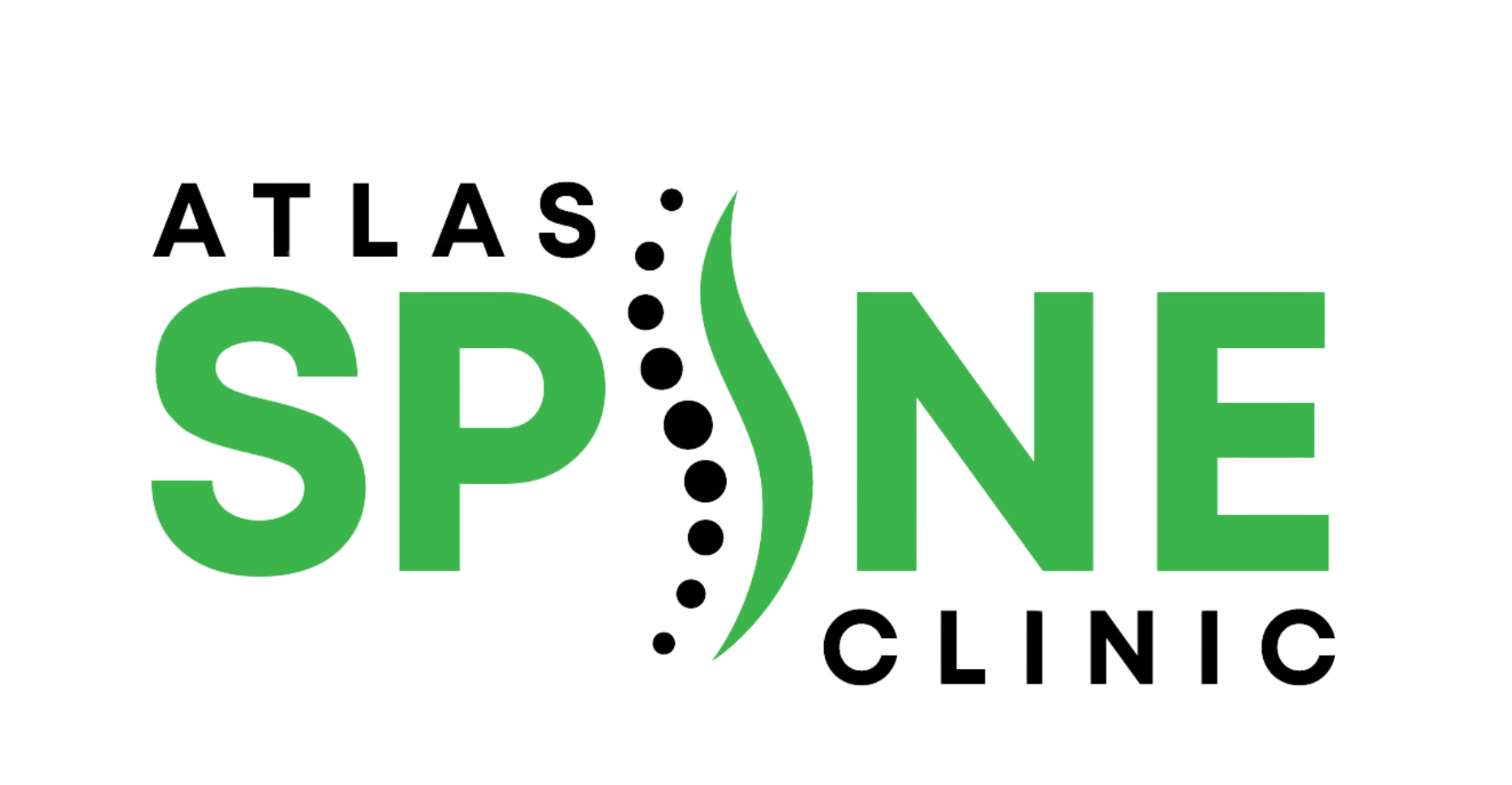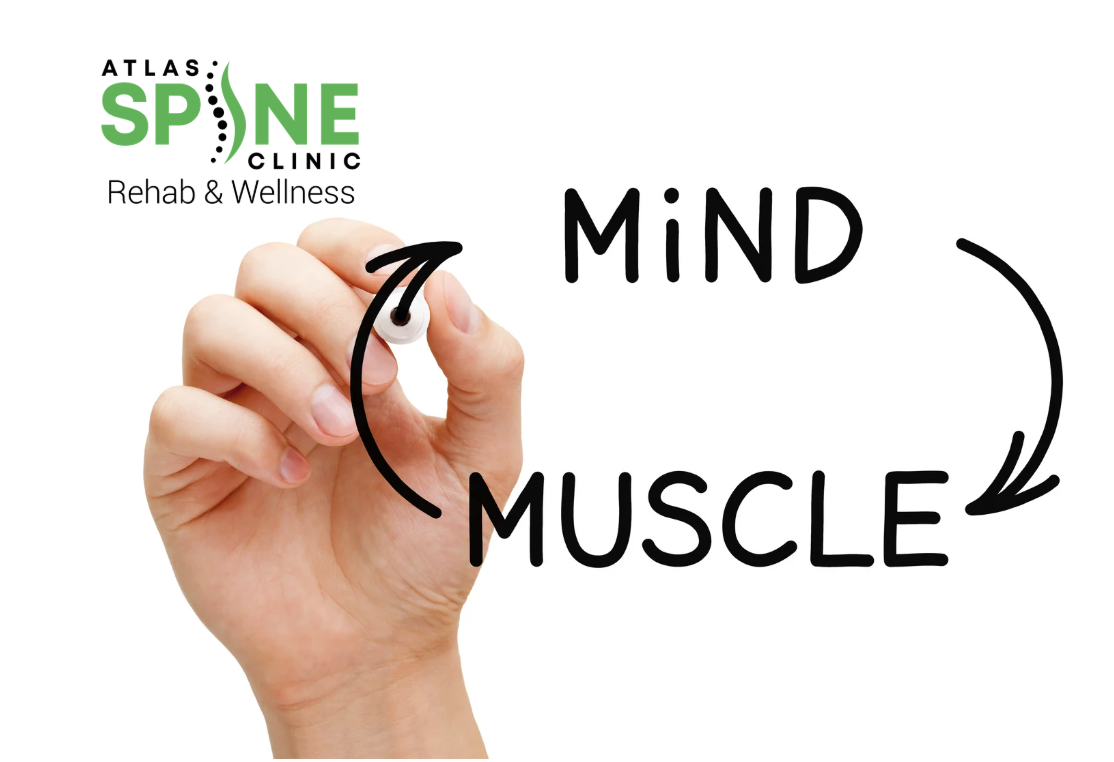Sports injuries can disrupt everything—your energy, your plans, even your daily routine. Recovery takes more than just rest to be effective.
Sports injury physiotherapy Scarborough focuses on real recovery—treating the root, restoring movement, and getting you back with confidence.
Brief Overview of Sports Injuries
Staying active is great—still, injuries? Not so much. Sports-related injuries show up in all kinds of ways, from minor muscle strains to major joint disruptions.
Whether you’re a seasoned athlete or just enjoy weekend games, strain on muscles, tendons, or joints can build up gradually or occur suddenly.
These injuries impact more than just movement—they can shake your confidence, disrupt routines, and interfere with sleep.
That’s why addressing them early with professional care is a move worth making. One proven solution is Sports injury physiotherapy Scarborough. It helps bridge the gap between rest and real recovery.
Common Types of Sports Injuries
Sprains and Strains
These are the most frequent injuries seen in active individuals. Sprains happen when ligaments stretch too far; strains involve muscles or tendons. Both can cause swelling, pain, and limited movement. Left untreated, they often return when least expected.
Tendonitis
Tendonitis builds up over time, typically from overuse. You’ll often feel it in the elbows, knees, or shoulders. It starts as a nagging ache that can grow into a sharp pain limiting your range. Rotator cuff tendinitis, one of the most common forms, can lead to more severe injuries if not treated properly, as outlined by Johns Hopkins Medicine.
This is where targeted physiotherapy for sports injuries begins to deliver results.
Ligament Tears (e.g., ACL)
ACL tears usually occur in fast-paced sports involving cutting or jumping. It’s a serious injury that affects knee stability and requires structured care to regain function.
A recent Frontiers in Public Health study found that FITT‑VP-based physiotherapy significantly improves mobility, strength, and pain in athletes with meniscus injuries.
Muscle Tears and Contusions
Muscle injuries may feel like “just a pull” early on. Over time, they can slow performance and stall recovery. Deep bruising or tears need both patience and the right treatment techniques to heal correctly.
Dislocations and Fractures
These are less common, yet far more intense. A dislocated shoulder or fractured wrist can take months to repair. It’s not only about healing bones—it’s about retraining strength, control, and movement patterns through consistent therapy.
Overuse Injuries (e.g., Shin Splints, Tennis Elbow)
These develop slowly. At first, you might overlook the symptoms. With time, that dull ache becomes impossible to ignore. Overuse injuries point to deeper issues—like faulty movement patterns or inconsistent rest—and call for expert help.
Why Choose Physiotherapy for Sports Injuries?
Injury recovery isn’t just about restoring daily function—it’s about regaining full movement, strength, and control. That’s what sports injury physiotherapy Scarborough is designed for. It builds recovery from the ground up using movement science, progressive routines, and functional exercises.
The goal isn’t to slap on a quick fix. Instead, it’s to come back stronger, with better alignment and fewer chances of relapse. Athletic injury treatment via physiotherapy takes a smarter, more personalized approach, tailored to your body’s specific needs.
Sports Injury Physiotherapy Techniques Used
Manual Therapy
Hands-on work such as joint mobilization, soft tissue release, or muscle manipulation helps reduce stiffness, restore circulation, and ease pain.
Therapeutic Exercises
These structured movements rebuild muscle, improve flexibility, and restore natural movement. They start small, then progress with your recovery.
Neuromuscular Re-Education
Especially valuable after ligament injuries, this retrains the brain-body connection, preventing poor compensation habits and improving movement control.
Ultrasound & Electrotherapy
These support tissue healing and pain control. While not essential in every case, they’re helpful when deeper tissues need extra support.
Taping & Bracing
These aren’t just for support—they guide your body toward better alignment during the recovery process.
All these tools help ensure that sports injury rehabilitation is clear, consistent, and structured.
Benefits of Sports Injury Physiotherapy at Atlas Spine Clinic
Individual Focus
Every injury tells a different story. Recovery should reflect that. Atlas provides regular assessments and updates tailored to your progress.
Movement-Centric Approach
It’s not just about resting or stretching. The rehabilitation approach here mirrors real-world movement—functional, not generic.
Holistic Support
Healing goes beyond sore joints. Sleep habits, posture, and daily stress all impact your recovery. Atlas integrates all of it into your care plan.
Access to Modern Equipment
You’ll work with equipment that’s designed for results—from laser tools to advanced mobility tech.
Supportive Environment
Atlas creates a space where physical therapy for athletes feels purposeful—driven by goals, guided by care, and built to get you back to your best.
Together, these factors turn basic rehab into real, lasting progress—whether you’re training professionally or just playing casually.
When Should You See a Physiotherapist?
Waiting too long can cost you months of activity. Key warning signs include:
- Soreness that lingers after rest
- Swelling that limits mobility
- Clicking or instability in joints
- Pain that keeps returning
- A noticeable drop in balance or strength
If you experience pain during activity—like front-of-knee discomfort, swelling, or recurring stiffness—it’s best to seek assessment early. As Dr. Douglas Comeau explains in a Boston Medical Center podcast on Preventing Common Sports Injuries, early biomechanical evaluations can catch issues before they turn into long-term injuries.
Sports injury physiotherapy Scarborough helps identify problems early, treat them effectively, and prevent them from recurring.
Tying Up
Injuries may come with the territory, but living with pain doesn’t have to. With the right plan, recovery becomes a clear path forward: stronger movement, better balance, and long-term relief.
Sports injury physiotherapy Scarborough offers that plan, even if it’s just a nagging ache or a more serious torn ligament.
Movement gets easier. Confidence returns. And just like that, you’re back in the game.






